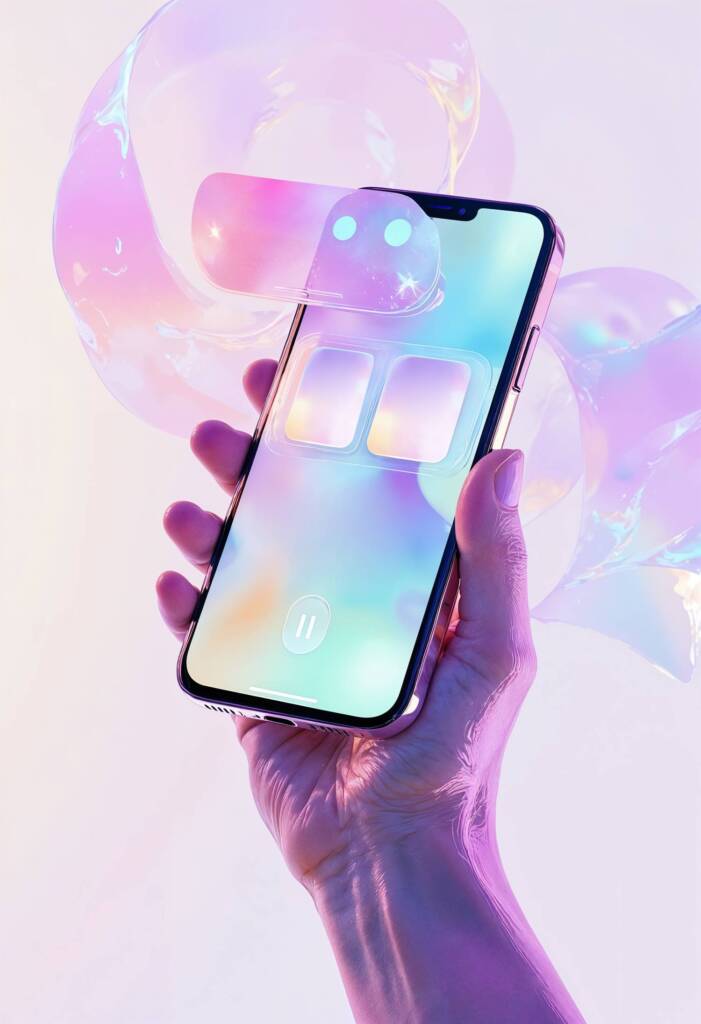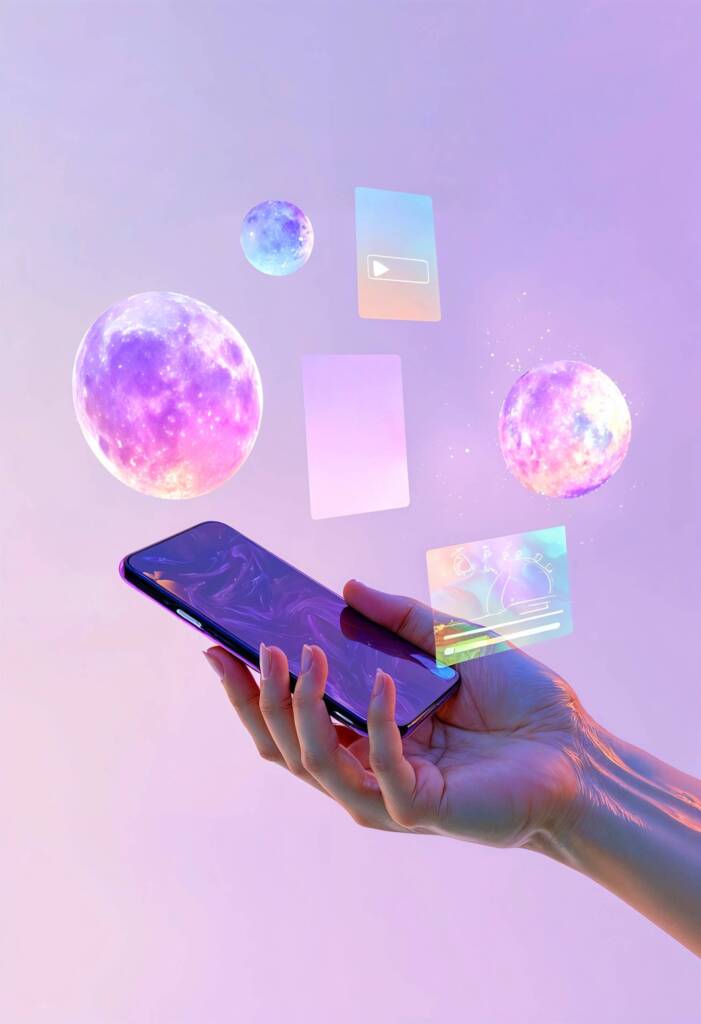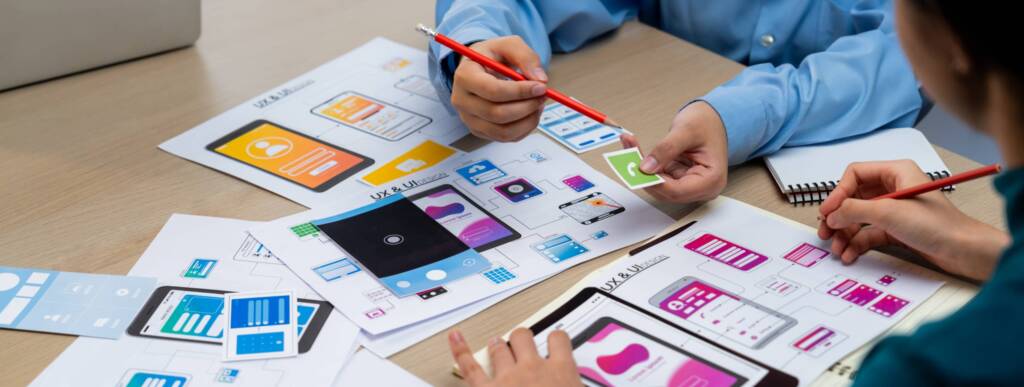Design trends often reflect shifts in how we interact with technology and brands. In recent years, we’ve seen a dramatic transformation from the rigidity of flat design to the dynamic, expressive qualities of more fluid visual styles. This evolution isn’t just aesthetic-it’s a response to users’ desire for more engaging and emotionally resonant experiences.
Flat Design: Clean, Clear, and Functional
Flat design rose to prominence for its simplicity, clarity, and mobile responsiveness. Its 2D aesthetic, bright color blocks, and minimal elements helped create faster-loading websites and focused user journeys. It marked a move toward efficiency and legibility—but also brought a certain visual stiffness over time.
“Design is the silent ambassador of your brand.”
Paul Rand


The Rise of Fluid Design: Organic and Engaging
In contrast, today’s trend is all about softness, curves, gradients, and motion. Fluid design introduces a sense of movement and humanity into interfaces. It embraces depth, asymmetry, and animated transitions, allowing brands to tell richer stories while still maintaining user-friendliness.
From flat to fluid, the shift in visual language speaks to a broader change: users now expect digital experiences to feel alive and intuitive. For senior designers, the challenge is finding the balance between clarity and creativity—adapting to trends while crafting timeless visual identities.



